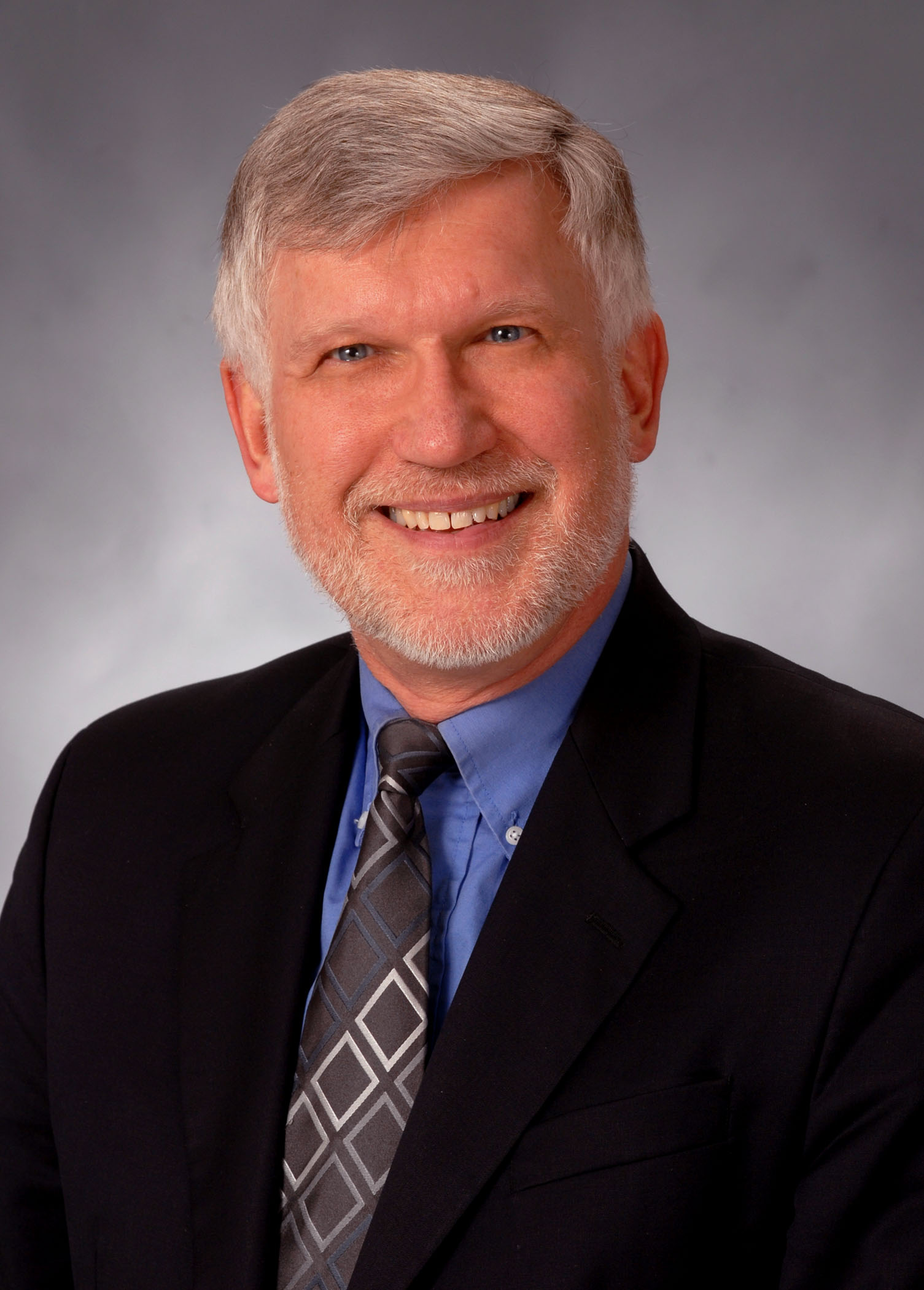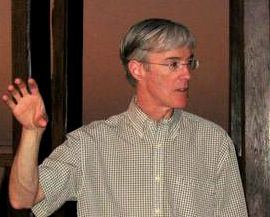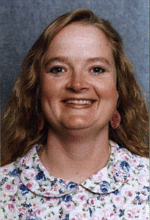|
|
|
|
|
|
|
|
|
|
 |
 |
 |
|
 |
|

Ivars Peterson
Director of Publications and Communications MAA
The Jungles of Randomness
From slot machines and amusement park rides to dice games and shuffled cards, chance and chaos pervade everyday life. Sorting through the various meanings of randomness and distinguishing between what we can and cannot know with certainty proves to be no simple matter. Inside information on how slot machines work, the perils of believing random number generators, and the questionable fairness of dice, tossed coins, and shuffled cards illustrate how tricky randomness can be.
|
Ivars Peterson is Director of Publications and Communications at the Mathematical Association of America. As an award-winning mathematics writer, he previously worked at Science News for more than 25 years and served as editor of Science News Online and Science News for Kids. His books include The Mathematical Tourist, Islands of Truth, Newton's Clock, The Jungles of Randomness, and Fragments of Infinity: A Kaleidoscope of Math and Art. In 1991, Ivars Peterson received the Joint Policy Board for Mathematics Communications Award recognizing him for his "exceptional ability and sustained effort in communicating mathematics to a general audience." During the spring semester of 2008, Ivars Peterson served as the Basler Chair of Excellence for the Integration of the Arts, Rhetoric, and Science at East Tennessee State University in Johnson City.
|
|

Joseph O'Rourke
Smith College Folding & Unfolding Convex Polyhedra
The surface of a convex polyhedron can be cut open and flattened to the plane as a simple polygon. In particular, the unfolding does not self-overlap. So the polygon may be cut out of paper and folded to the convex polyhedron.
It is most natural to restrict the cuts to follow the edges of the polyhedron. It remains an open problem to settle whether or not every convex polyhedron can be cut open to a "net" along edges. Without the edge restriction, there are several methods known to cut open any convex polyhedron to a polygon. I'll describe two recently discovered methods, both based on an idea of Alexandrov from the 1940's.
The reverse process is equally intersting: Given a planar polygon, can it be folded to a convex polyhedron? I will show that every convex polygon folds to an infinite variety of distinct convex polyhedra. Nonconvex polygons are less well understood. I will show that the standard "Latin-cross" unfolding of the cube refolds to precisely 23 different convex polyhedra.
|
Joseph O'Rourke is professor and chair of the Computer Science Department at Smith College, a professor Mathematics, and director of Arts & Technology. He obtained his Ph.D. at the University of Pennsylvania in 1980, and taught at Johns Hopkins University for eight years before moving to Smith to found the Computer Science Department.
His research is in computational geometry, developing algorithms for geometric computations. He has won several awards, including a Guggenheim Fellowship in 1987, and the NSF Director's Award for Distinguished Teaching Scholars in 2001. His early research is summarized in the monograph "Art Gallery Theorems and Algorithms." He subsequently wrote a textbook in computational geometry, and co-edited the "Handbook of Discrete and Computational Geometry." Recently he published with Erik Demaine a monograph "Geometric Folding Algorithms: Linkages, Origami, Polyhedra," and he has a new textbook with Satyan Devadoss on "Discrete and Computational Geometry." He has published more than 150 papers in journals and conference proceedings, more than 30 of which were coauthored with
undergraduates. His most recent book, "How To Fold It," is written for high-school students.
|
|

Monica K. Hurdal
Florida State University
Understanding Cortical Folding Patterns in Development, Aging and Disease
There is controversy and debate regarding the mechanisms involved in cortical fold formation. Current cortical morphogenesis theories describe folding using tension-based or cellular-based arguments. Modeling and understanding cortical folding pattern formation is important for quantifying cortical development. Hypotheses concerning brain growth and development can lead to quantitative biomarkers of normal and abnormal brain growth. Cortical folding malformations have been related to a number of diseases, including autism and schizophrenia.
In this seminar I will present a biomathematical model for cortical folding pattern formation in the brain. This model takes into account global cortex characteristics and can be used to model folds across species as well as specific diseases involving cortical pattern malformations that can occur in human brain folding patterns, such as polymicrogyria. We use a Turing reaction-diffusion system to model cortical folding. Turing systems have been used to study pattern formation in a variety of biological applications. They use an activator and inhibitor and under certain conditions a pattern forms. We use our model to study how global cortex characteristics, such as shape and size of the lateral ventricle, affect cortical pattern formation.
Due to the complex shape and individual variability in folding patterns and the surface-based functional processing of the brain, “flat” maps of the brain can lead to improved analysis, visualization and comparison of anatomical and functional data from different subjects. It is impossible to flatten a surface with intrinsic curvature (such as the brain) without introducing linear and areal distortion but it is possible to preserve angular (conformal) information under flattening. I will also discuss a method called “circle packing” which I am using to generate quasi-conformal maps of the human brain. I will present examples of some of the brain maps I have created and discuss how 150-year-old and modern mathematics may be applied to enable neuroscientists to better understand the functioning of the human brain.
|
Dr. Monica K. Hurdal is an Associate Professor of Biomathematics
in the Department of Mathematics at Florida State University (FSU) in Tallahassee, Florida. She was awarded her Ph.D. in 1999 from Queensland
University of Technology, Australia in Applied Mathematics. She completed her Bachelor of Mathematics degree in Computer Science and Statistics at the University of Waterloo, Canada in 1991 and worked in industry as a
programmer for a few years in Canada and Australia before completing a Master of Science degree in Applied Mathematics and Psychology at the University of Newcastle, Australia in 1994.
After completing her Ph.D., Dr. Hurdal was a postdoctoral research associate for two years at FSU in Mathematics and in Computer Science, working on conformal flat mapping the human brain and received funding from the Human Brain Project. She continued her research at Johns Hopkins University in the Center for Imaging Science as a Research Scientist, followed by her position in 2001 at FSU.
Her research interests include applying topology, geometry and conformal methods to analyzing and modeling neuroscientific data from the human brain. She is developing models to study cortical folding pattern formation and she is investigating topology issues associated with constructing cortical surfaces from MRI data, computing conformal maps of the brain and applying topological and conformal invariants to characterize disease in MRI studies. Her research has been featured in Scientific American and in The Economist.
|
|
 |
|
 |
 |
 |
|
| |